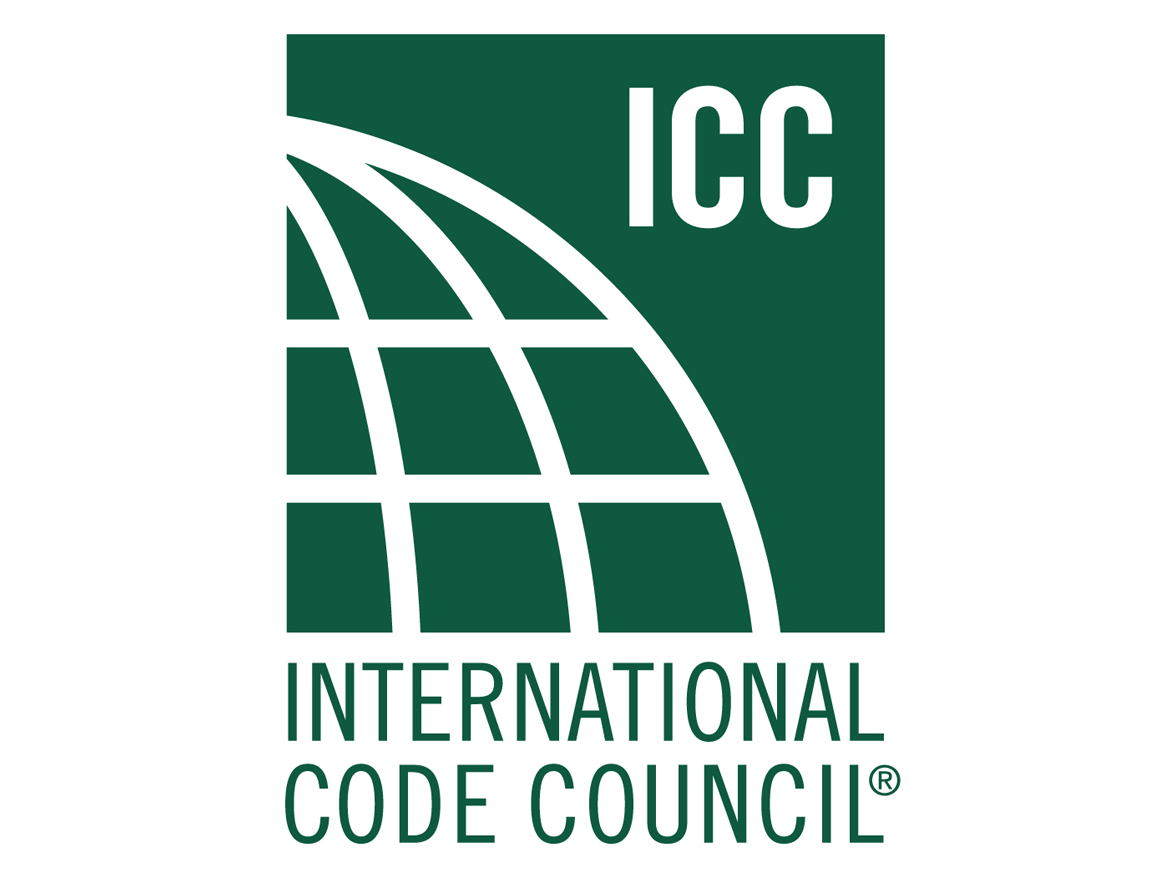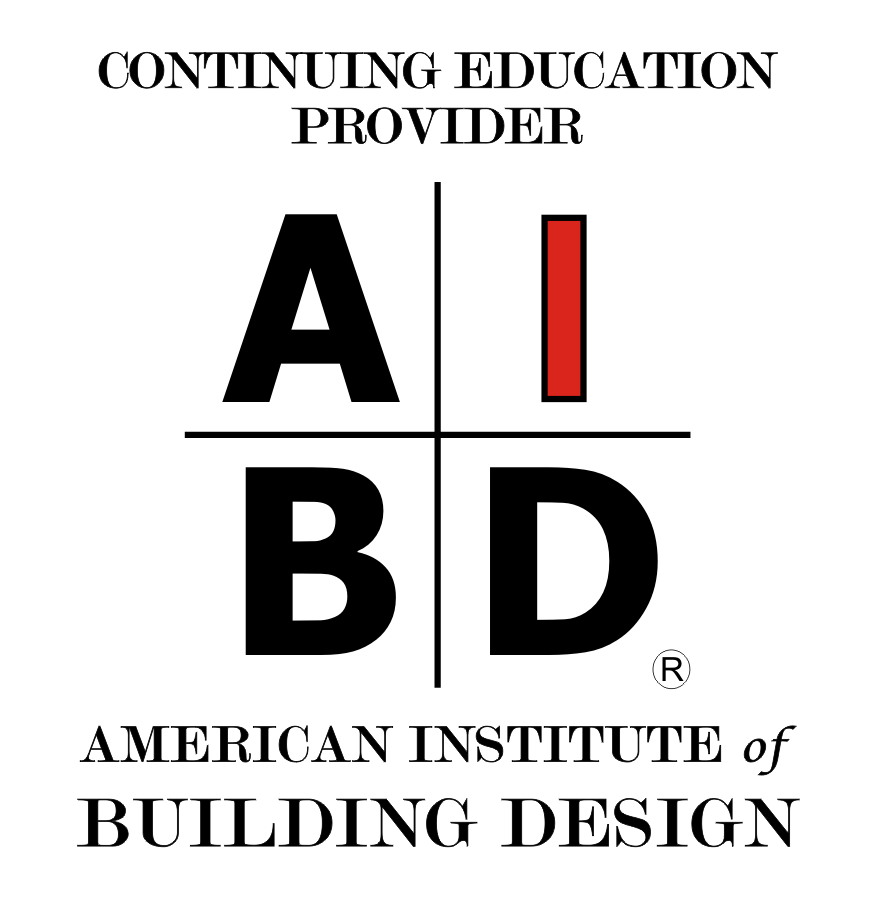Optimizing Steel Framing to Reduce Embodied Carbon: What Designers Should Know
Embodied carbon reduction project goals
Sponsored by The Steel Institute of New York | Presented by Francesca Meola, HOK
Webinar On-Demand
Designs that needlessly complicate steel framing can result in increased embodied carbon. During the early stages of design, the tools of parametric modeling and optimization can quickly produce structural solutions that remedy this. Project case studies will explore their application to vibration-sensitive floor design and the construction of long-span structures. Attendees will be given an overview of the current tools available for monitoring embodied carbon throughout all design phases and an understanding of how this process is an important step towards achieving SE2050 and AIA2030 environmental objectives.

Photo courtesy of LaGuardia Gateway Partners
 |
Francesca Meola is a Principal in the HOK New York Office and has more than 16 years of experience in structural engineering design. Her experience encompasses a wide variety of building projects, from monumental stairs to airport terminals, stadia, and complex geometry structures. She is the lead engineer on several high-end and fast-track projects, that she carries from conceptual design through construction, working with global interdisciplinary teams. Francesca is also an expert in computational design and structural optimization algorithms. |
The Steel Institute of New York is a not-for-profit association created to advance the interests of the steel construction industry by helping architects, engineers, developers, and construction managers develop engineering solutions using structural steel construction.
Originally published in Architectural Record
Originally published in May 2024
LEARNING OBJECTIVES
- Analyze the impacts of material choice on the design and the embodied carbon reduction project goals.
- Recognize how design iterations can help in determining the best structural layout for a building.
- Identify the SE2050 and AIA2030 environmental commitments.
- Compare Industry average EPDs (Environmental Product Declarations) to manufacturer or Facility Specific EPDs and implement these data in the multi-objective optimization process.












